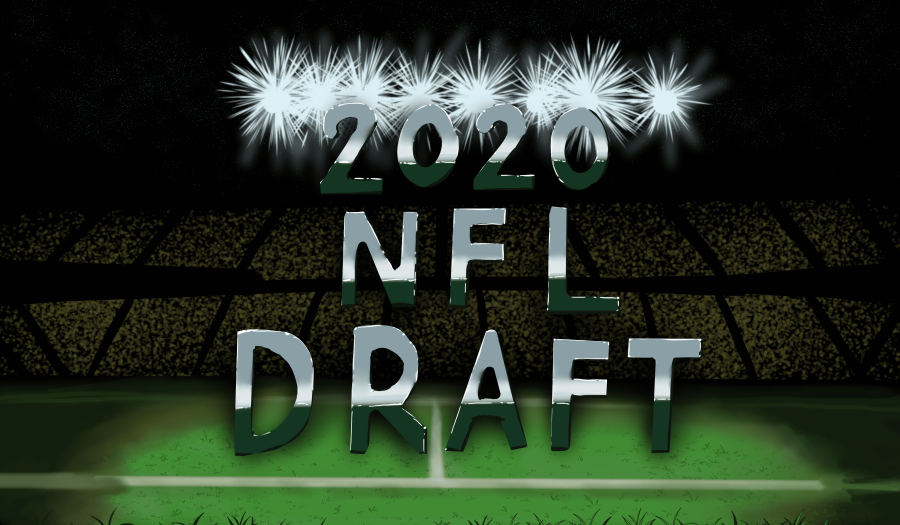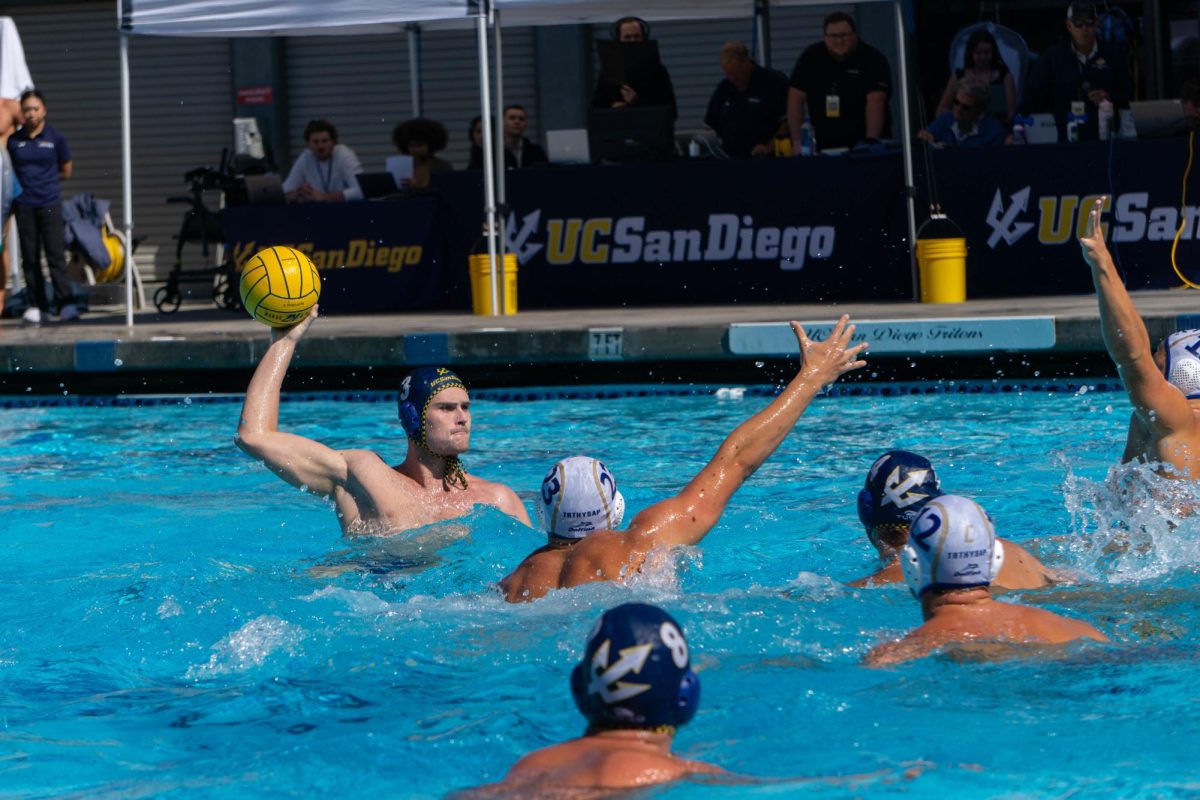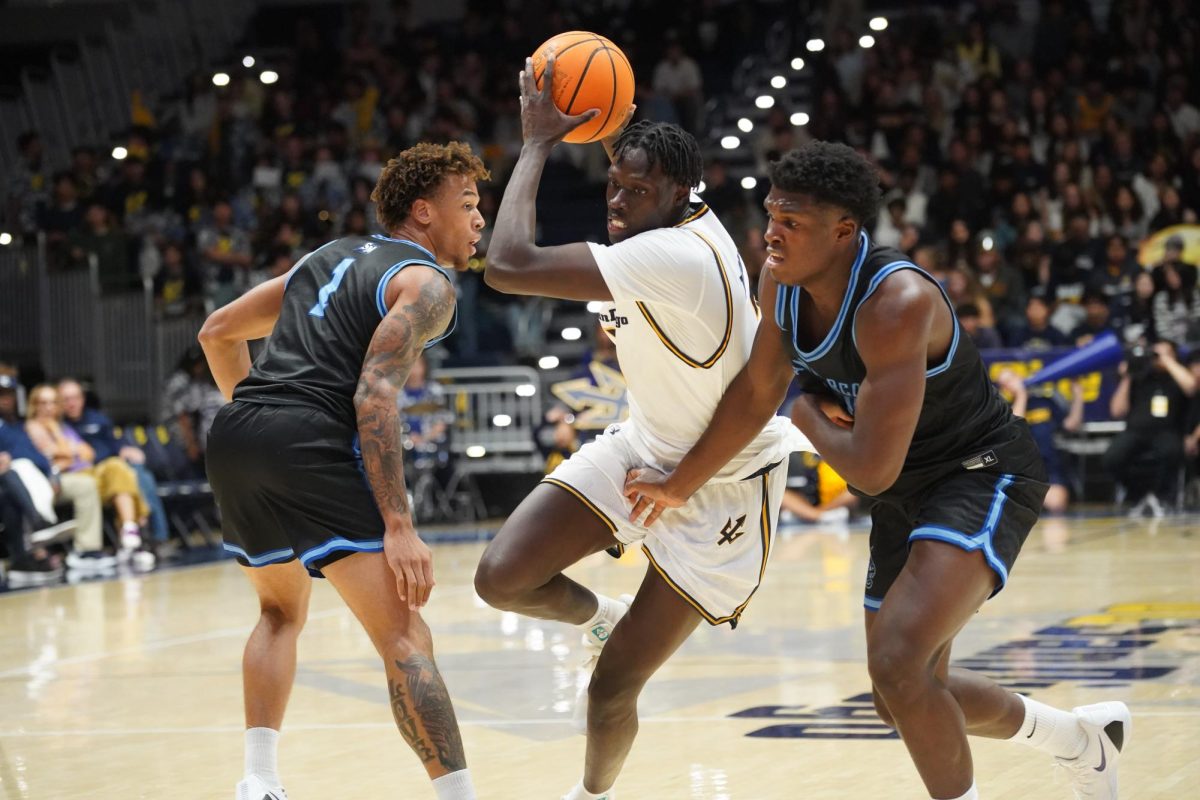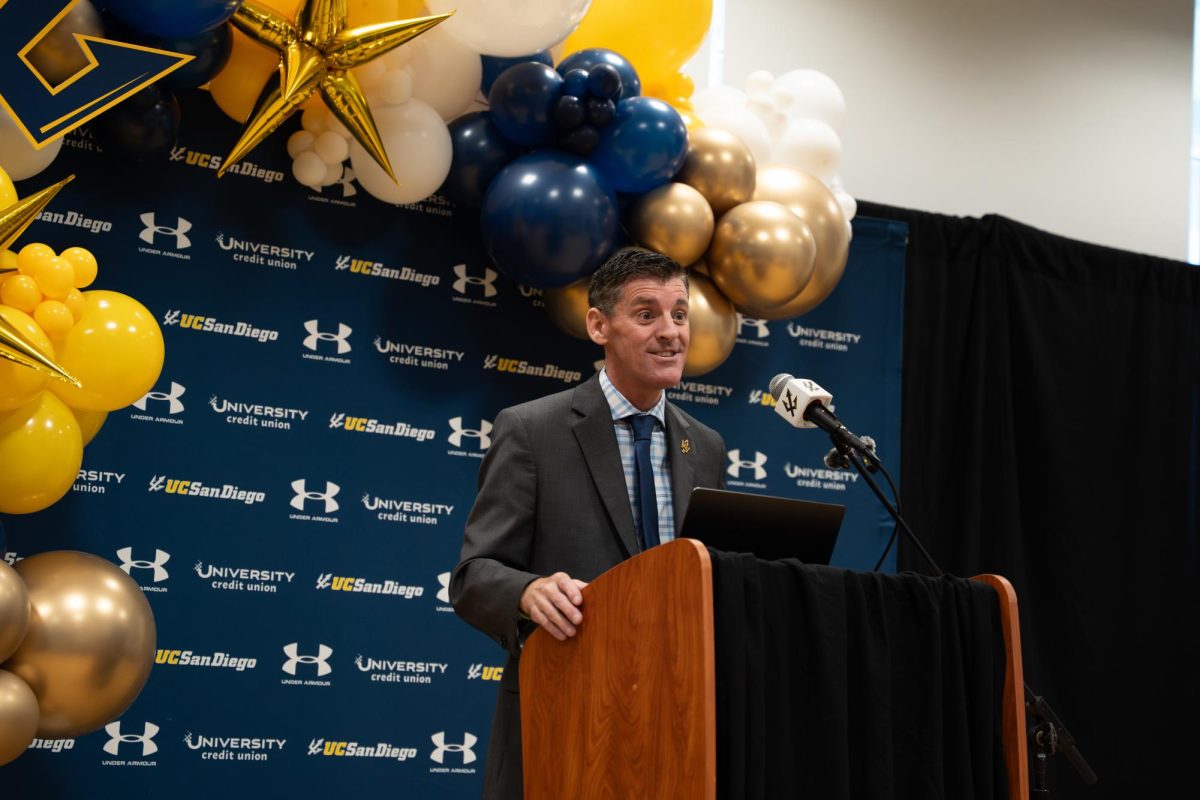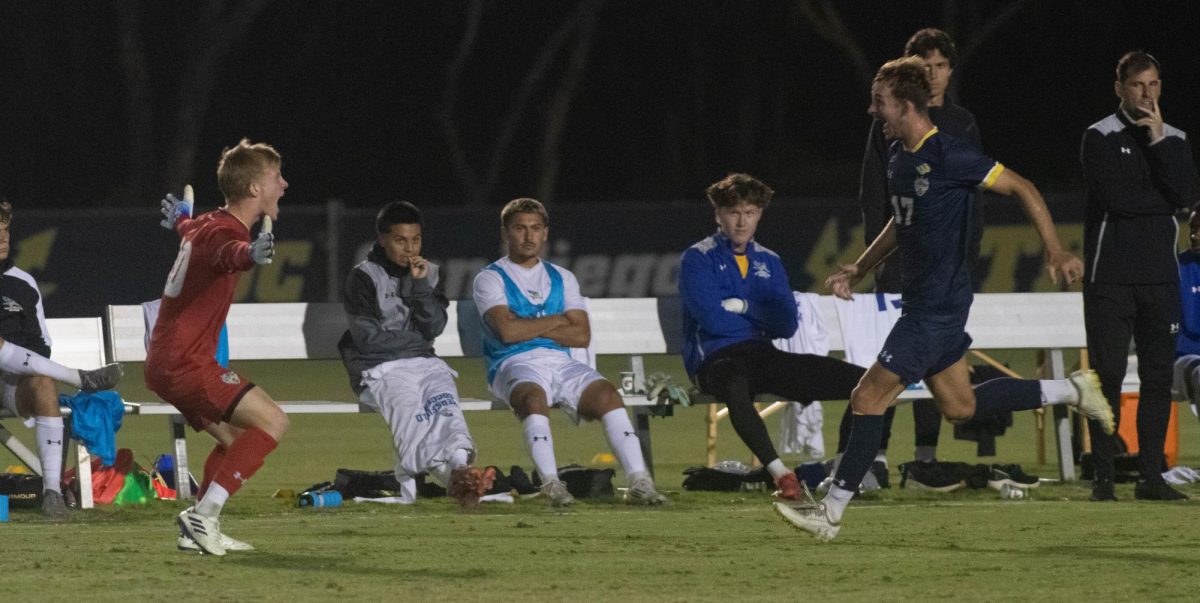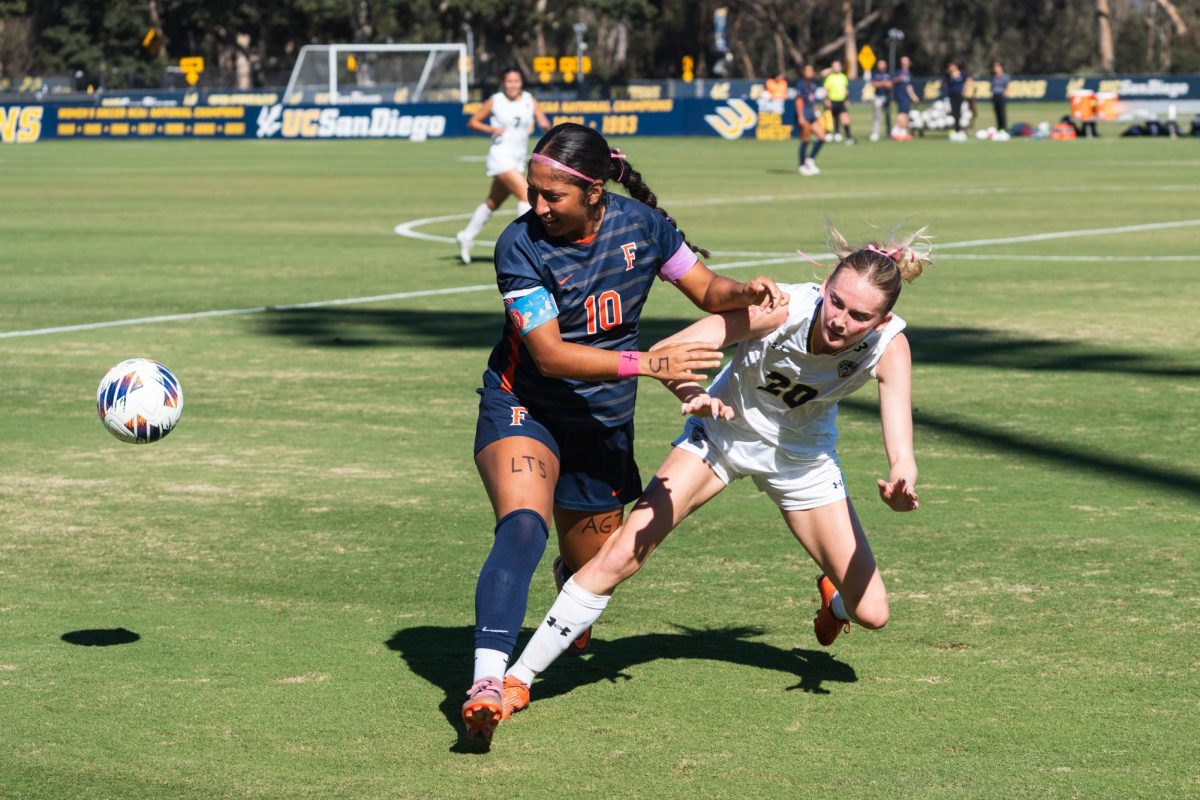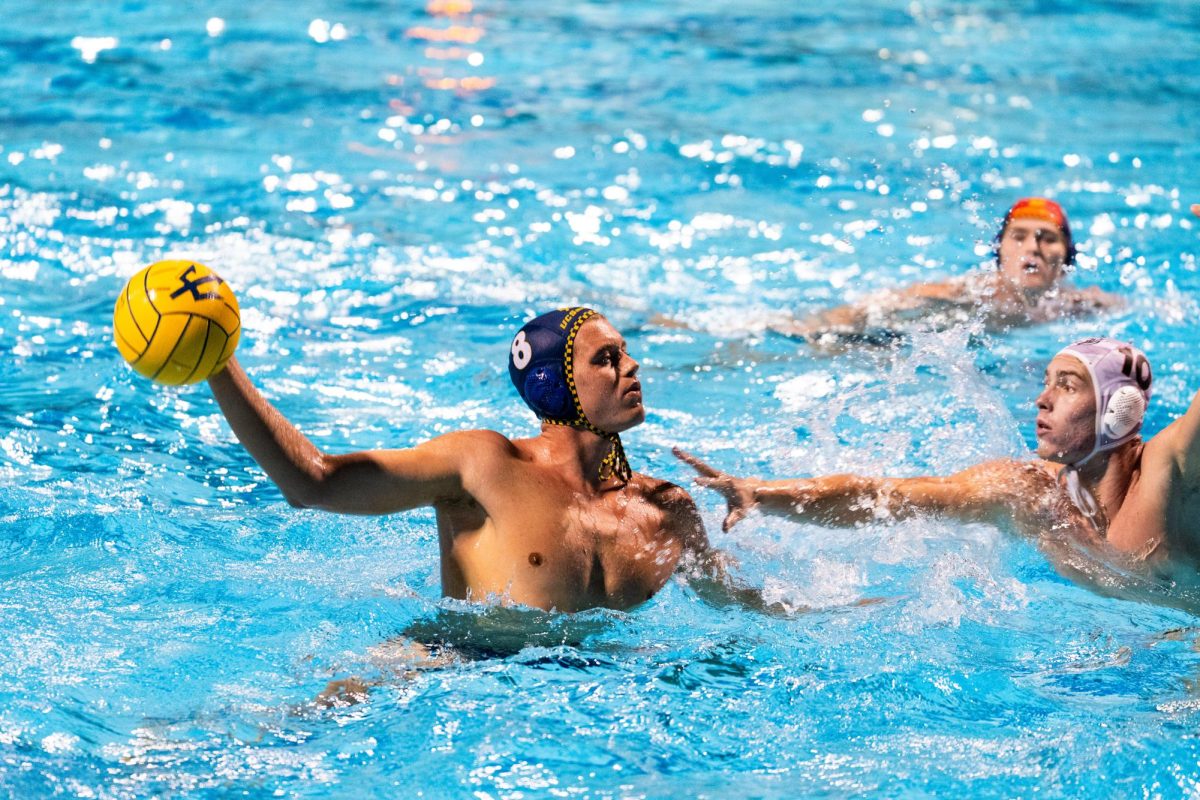The 2020 NFL Draft took place last week from April 23 to April 25. For the 32 teams, it was a chance to reload their rosters with new and young talent. For the prospects, it was the culmination of years of hard work and effort. Though the virtual format kept us from seeing handshakes with Commissioner Roger Goodell and fancy suits, the inside looks the newest players gave us into their homes provided fans with something special during quarantine, giving them something to look forward to. Here, we take a look at a few teams who drew the most hype and at how the draft will shape the 2021 season.
Green Bay Packers
After ending last season one game away from the Super Bowl, the Green Bay Packers did everything they could to revamp their team so that the Packers and Aaron Rodgers could make another championship run.
Except the Packers did almost the exact opposite.
In the first surprise pick of the draft, the Packers traded up to take Utah State University quarterback Jordan Love with the 25th overall selection. Love is an interesting, but raw, quarterback prospect. He has all the physical traits — size, mobility, and arm talent — and his highlights show someone who can throw on the run, improvise when the play breaks down, and deliver the ball downfield with precision. But he struggled with decision-making and consistent play his final year in college, throwing 17 interceptions. It’s not shocking that a team took a shot at Love in the first round. It’s shocking that the Packers did it.
Rodgers is still on the team. Though his play has fallen over the past few years, Rodgers is still playing at a high level. The Packers just signed Rodgers to a record-setting contract in 2018. The team is tied to Rodgers for at least two more years. He has declined from elite to very good, which still shouldn’t necessitate drafting his replacement, especially considering the team’s other needs. The Packers desperately need a wide receiver behind Davante Adams. In one of the deepest wide receiver classes in history, the team spent none of their nine picks on a wideout.
The rest of the Packers’ draft can be explained by Matt LaFleur’s new vision for the team. After being run into the ground by Kyle Shanahan and the San Francisco 49ers, LaFleur has been convinced that the Packers’ offense needs to go through the run-game. To that end, Green Bay took Boston College running back A.J. Dillon in the second round, University of Cincinnati tight-end and fullback Josiah Deguara, and three interior offensive linemen in the sixth round. Like the Love selection, the Dillon pick is puzzling. With Aaron Jones and Jamaal Williams still on the roster, it seemed wasteful to spend a second-round pick on a third-string running back. The Deguara pick is the Packers’ attempt at a Kyle Juszczyk-type player — if it wasn’t clear that the Packers were trying to imitate the 49ers.
Denver Broncos
John Elway and the Denver Broncos are committed to the Drew Lock era in Denver. For this draft, the Broncos’ main goal was surrounding their second-year quarterback with as many weapons as possible. The Broncos took advantage of the deep wide receiver class, spending their first two picks on wideouts. They nabbed Jerry Jeudy from the University of Alabama in the first round and K.J. Hamler from Pennsylvania State University in the second. Jeudy is one of the best route-runners in the draft and has the speed to take the top off a defense. Hamler is a smaller receiver — measuring in at 5’9” and 178 lbs. — but he is also fast and great after the catch. The Broncos also took Louisiana State University center Lloyd Cushenberry III, who fell to them in the third round. Cushenberry has long arms, big hands, and strength, and he is a potential day-one starter at guard or center.
Elway hasn’t found much success with the Broncos post-Peyton Manning, but things could be looking up at Mile High Stadium. The Broncos look set at wide receiver, with Jeudy and Hamler supporting their number one wideout Courtland Sutton. Sutton struggled against double and triple teams last season because the Broncos had no other receiving threats. The arrival of Jeudy and Hamler should change that. The Broncos’ new offensive coordinator, Pat Shurmur, likes to use a lot of three receiver sets, so having a full receiver corps will be key to their offense. Expect to see Sutton, along with Jeudy and Hamler on the field at the same time, stretching out the defense. The Cushenberry pick also gives them some much needed interior line help. With this draft, Elway has given Lock a solid supporting cast. And the Broncos still have a great defense led by Von Miller and head coach Vic Fangio. If the Broncos weren’t in the AFC West and didn’t have to play the Kansas City Chiefs twice a year, I’d say they have a shot at the playoffs next season.
Las Vegas Raiders
The Las Vegas Raiders took a similar approach to Denver in what seems to have become an arms race in the AFC West. While the Broncos used the draft to add offensive power to surround Lock, the Raiders did the same to try and keep up with Patrick Mahomes II and the division rival Chiefs. Head coach Jon Gruden and general manager Mike Mayock had two first-round selections and addressed two glaring needs on both sides of the ball by drafting the speedy University of Alabama receiver Henry Ruggs III and cornerback Damon Arnette out of Ohio State University. Ruggs was one of the more highly coveted receivers in this historic wide receiver class due to his 4.29 speed, and there’s no doubt Gruden is licking his chops thinking about this new offensive weapon he’ll have next season. Gruden and the Raiders already play Tyreek Hill twice a year, now they’ll have their own to unleash. Arnette at 19 was a bit of a reach for a prospect that is undersized to play corner on the outside. But it does address a need — the Raiders were 25th in pass defense last year (256.7) — and Gruden and Mayock have proved that they’re more than willing to stay put and draft a player they like, even if it’s a reach. Just look back to last year when they drafted Clelin Ferrell 4th overall. The Day 2 and 3 picks were where the Raiders struck gold and continued to change the culture there under the new Gruden regime. They added two more receivers in the 3rd round in Lynn Bowden Jr. and Bryan Edwards while also solidifying their secondary by selecting Clemson University safety Tanner Muse and nickel corner Amik Robertson. In addition to Robertson, Las Vegas also took falling interior offensive lineman John Simpson in round 4, although many had him pegged as a round 2 or 3 player. Both Bowden and Edwards are absolute dawgs, who aren’t afraid to step in your face and step up to a challenge. In a crowded Alabama wide receiver room, full of possibly 4 first round receivers, Ruggs was the leader of that group. Muse, Simpson, and Arnette all come from heavily successful college programs and already have a history of winning. It’s hard to project how all these prospects will do right after the draft, but Gruden and Mayock definitely deserve some credit for drafting players that will continue to build a solid culture in Las Vegas.
Dallas Cowboys
The Dallas Cowboys also had a terrific all around draft scooping up players of need often at great value for new head coach Mike McCarthy. The University of Oklahoma receiver CeeDee Lamb was considered the top receiver of the draft for many analysts, so it must have been a huge surprise to Dallas and Jerry Jones to see him still available for their pick at 17 overall. With rumblings of Philadelphia Eagles looking to trade up for Lamb all week, the Cowboys hit two birds with one stone in selecting the Oklahoma product by constructing a top tier wide receiver trio and taking away Lamb from a hated rival they play two times a year. Lamb is a do-it-all receiver who can make you miss, catch contested passes, and turn a 5-yard catch into an 80-yard touchdown. Just turn on his highlight tape and you’ll see why Mel Kiper Jr. calls him “CeeDee YAC,” standing for yards after catch. Dak Prescott and company were lights out against middle of the road teams last year, but failed to get the job done against a lot of playoff caliber teams. The addition of Lamb paired with an already potent offense should be able to get them over the hump in 2020.
The Cowboys followed up their Lamb selection with a handful of great picks on Days 2 and 3 including Trevon Diggs, Neville Gallimore, Tyler Biadasz, and Bradlee Anae, all who can have starting or rotational roles this year. Diggs, cornerback out of the University of Alabama and younger brother to Buffalo Bills’ Stefon Diggs, was mocked as early as 19 overall in some mock drafts and Dallas was able to get him in the second round. He’s not as polished as some of the other corner prospects, as he converted from wide receiver to corner at Alabama, but his ball skills are elite and he’ll be a day one starter in light of the departure of Byron Jones. Gallimore and Anae are both defensive lineman with lots of intrigue. Gallimore was a standout at the Senior Bowl and can be a solid rotational piece right away as a big mauler in the middle behind Gerald McCoy and Dontari Poe. Defensive end Anae, who was a menace at The University of Utah with 29.5 sacks, could crack the starting lineup across from Demarcus Lawrence given the need there. Biadasz was generating some first-round buzz earlier in the year but ultimately fell due to injury concerns. If he’s able to bounce back from college injuries and stay healthy in the NFL he could be a late round steal and fill the shoes of recently retired Travis Frederick.
Art by Anthony Tran


